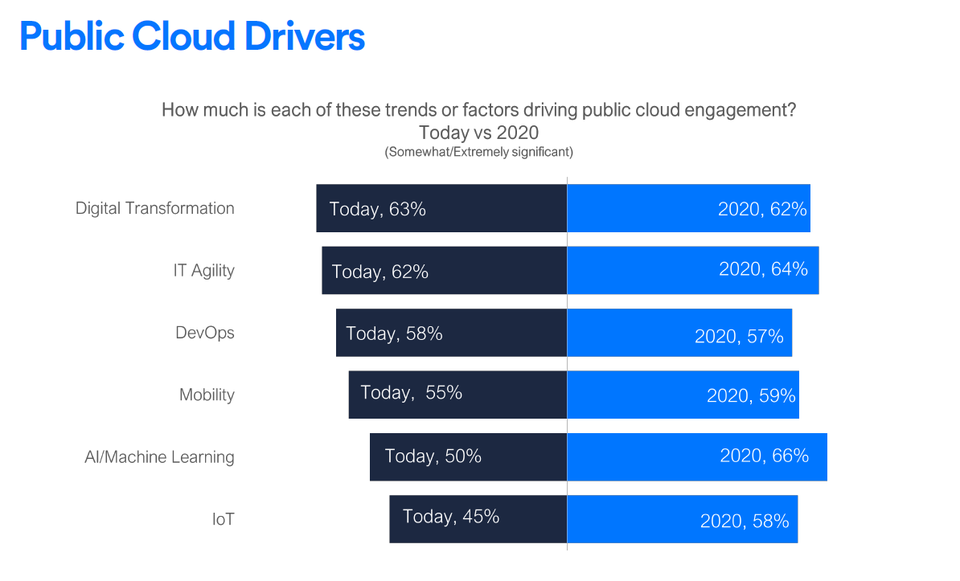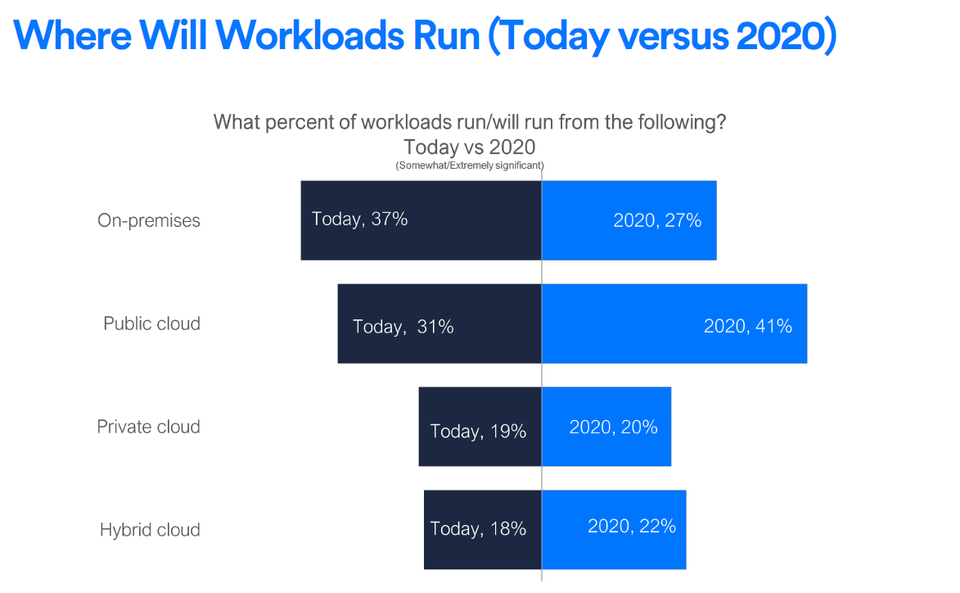For a company to sustain the unpredictable competition that is waiting to happen tomorrow, CIOs need to be a leader and strategist today. They are no longer maintenance heads, who traditionally found themselves in seemingly shifting job descriptions, taking care of everything hardware and software, maintenance, security, and implementation is all about.
But, any Chief Financial Officer will naturally have questions about huge new technology transitions. Because the cloud won’t happen in the snap of a finger and it involves certain investment, you need to set the floor to convince your CIO on moving to the cloud.
As it seems today, they are phasing through transformational changes; delivering business value in each stage, addressing evolving technology challenges every second, exploring new growth opportunities in a competitive landscape, gathering insights to implement positive change in the company. The CIO we knew yesterday no longer exists. S/he is more agile, skilled and focused. Thanks to Cloud!
Surprisingly enough, some CIOs are still fighting cloud adoption. Reasons? Perhaps, a few questions they are yet to find answers to –
Will cloud deliver more security than my internal data center?
Will my cloud provider be a position to maintain my desired uptime standards?
What about scalability, deployment barriers, and legacy migration challenges?
What if we lack documentation for outdated legacy systems?
Will our existing employees adapt to the Cloud culture?
More importantly, am I ready for the Cloud?
 Go to Swayam
Go to Swayam

